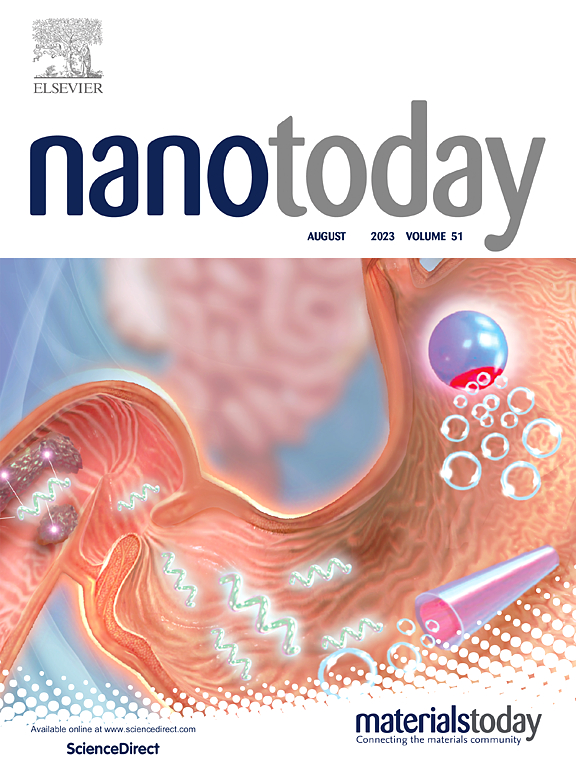Direct growth of large-area vertically stacked two-dimensional (2D) van der Waal (vdW) materials is a prerequisite for their high-end applications in integrated electronics, optoelectronics and photovoltaics. Currently, centimetre- to even metre-scale monolayers of single-crystal graphene (MLG) and hexagonal boron nitride (h-BN) have been achieved by epitaxial growth on various single-crystalline substrates. However, in principle, this success in monolayer epitaxy seems extremely difficult to be replicated to bi- or few-layer growth, as the full coverage of the first layer was believed to terminate the reactivity of those adopting catalytic metal surfaces. Here, we report an exceptional layer-by-layer chemical vapour deposition (CVD) growth of large size bi-layer graphene single-crystals, enabled by proximity catalytic activity from platinum (Pt) surfaces to the outermost graphene layers. In-situ growth and real-time surveillance experiments, under well-controlled environments, unambiguously verify that the growth does follow the layer-by-layer mode on open surfaces of MLG/Pt(111). First-principles calculations indicate that the transmittal of catalytic activity is allowed by an appreciable electronic hybridisation between graphene overlayers and Pt surfaces, enabling catalytic dissociation of hydrocarbons and subsequently direct graphitisation of their radicals on the outermost sp2 carbon surface. This proximity catalytic activity is also proven to be robust for tube-furnace CVD in fabricating single-crystalline graphene bi-, tri- and tetra-layers, as well as h-BN few-layers. Our findings offer an exceptional strategy for potential controllable, layer-by-layer and wafer-scale growth of vertically stacked few-layered 2D single crystals.


